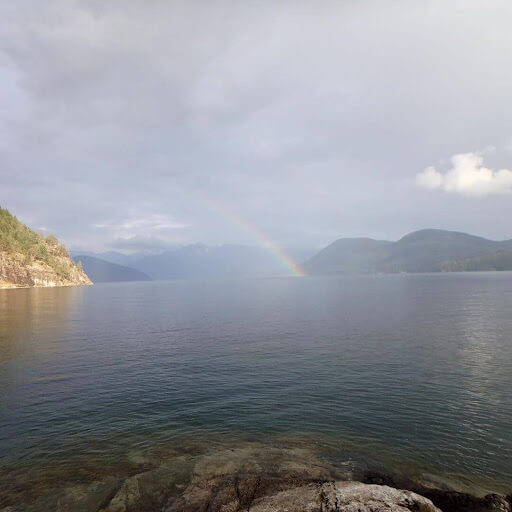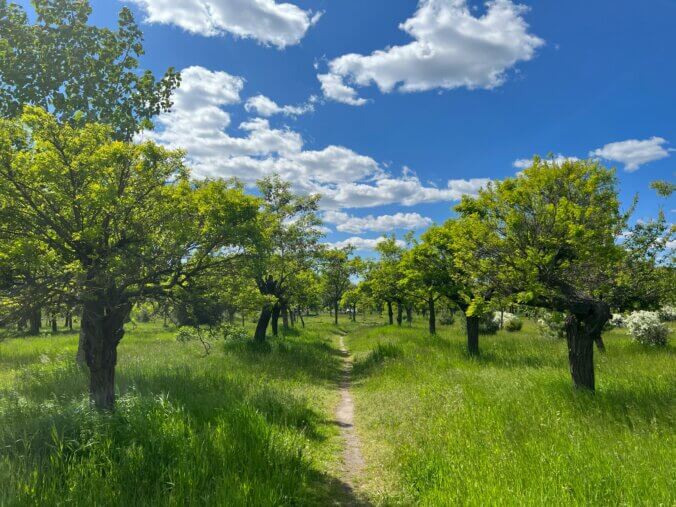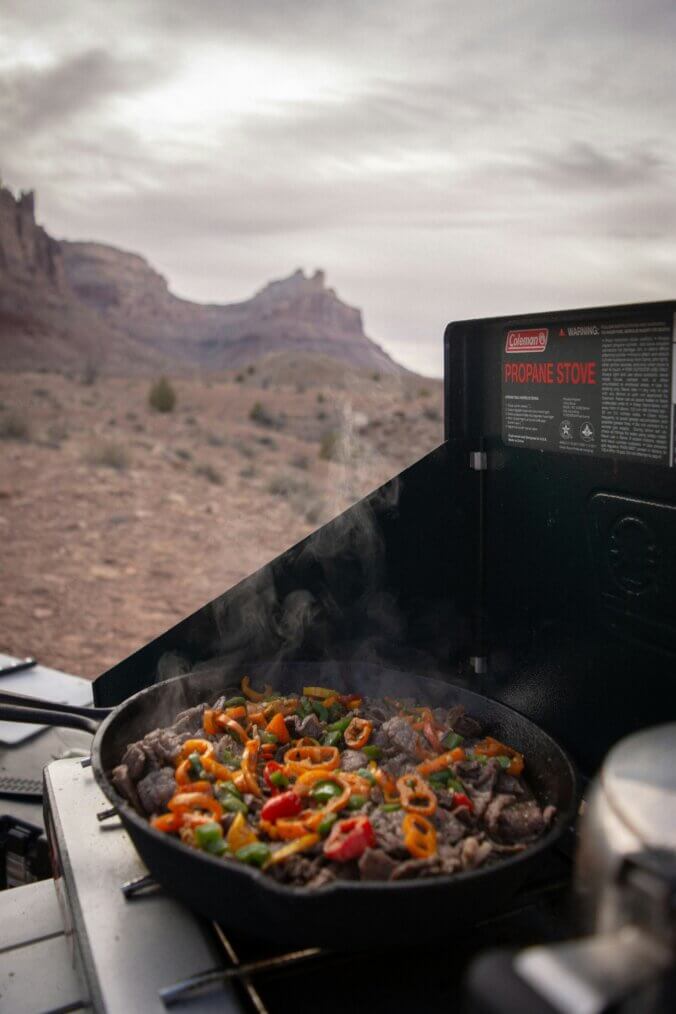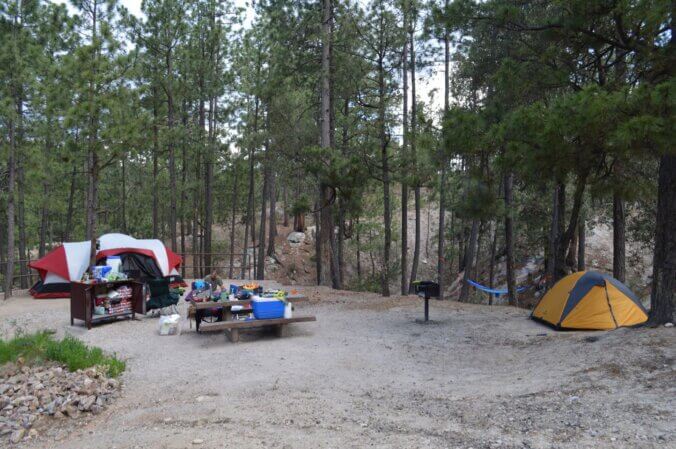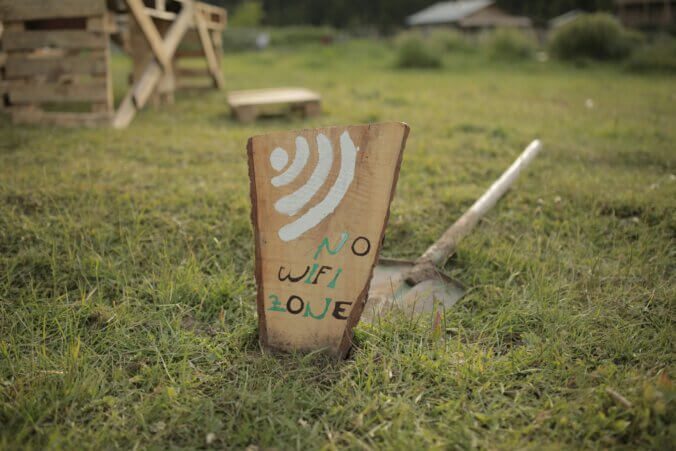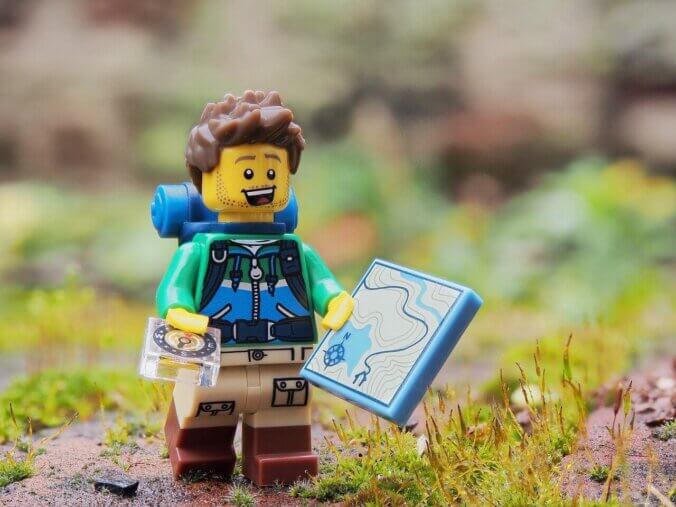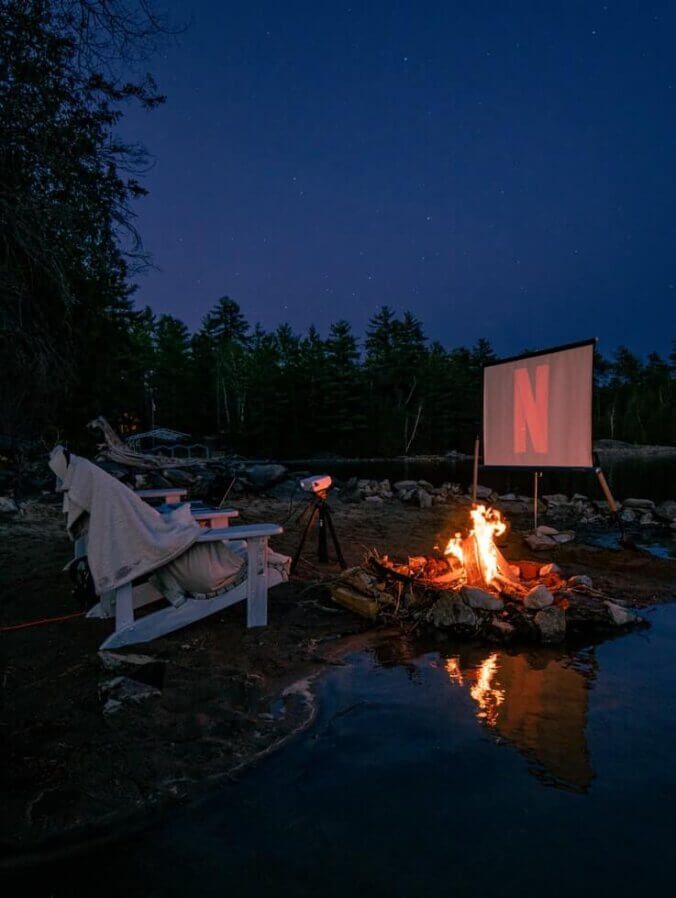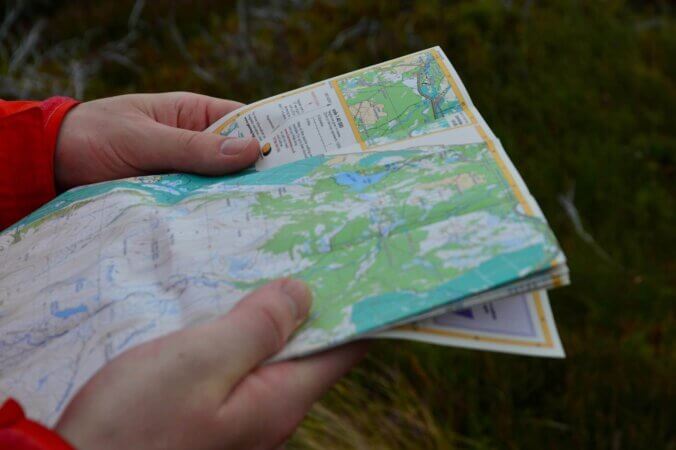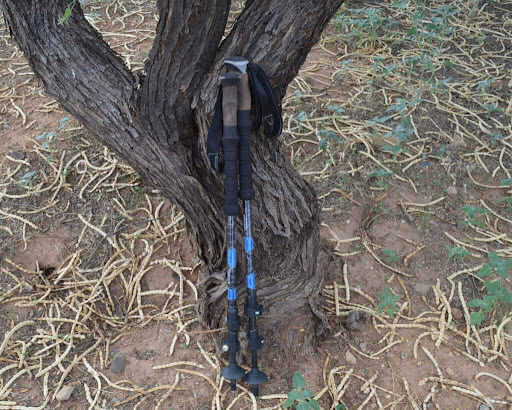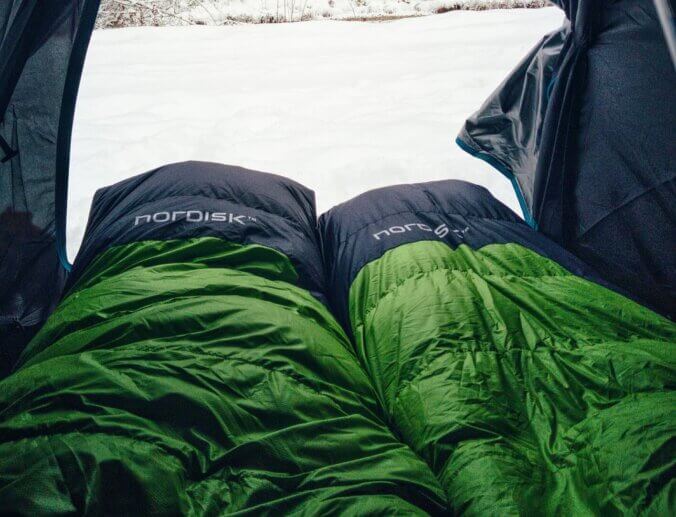We all have fears and concerns about getting outdoors. Some of these I struggle from and others are from talking with you all our outdoor community. We have put together a list of five things that we hear people are most concerned about when going on solo adventures. These fears and concerns should not keep you from getting outside. Instead, we have put together some great ways to help.
Category: Adventure Tips (Page 1 of 2)
It’s another brilliant day, and the trail beckons. Whether you’re heading out for a gentle hike or tackling a rigorous trek, one companion you should never underestimate is the sun. Much like you wouldn’t venture out without a map, going unprepared without sun protection is a risk not worth taking. So, let’s talk about how to keep your skin safe under the sun’s enthusiastic rays, ensuring that the only thing you bring back from your adventure is good memories.
Ah, the great outdoors! Whether you’re pitching a tent under the stars, conquering the next ridge, or cruising down the highway with your favorite tunes, there’s no doubt that being prepared with the right kind of nutrition can make or break your adventure. Just as we prep our gear with meticulous care, the food we bring along needs the same thoughtful attention. Here’s how you can keep your stomach full and spirits high, no matter where your travels take you.
Your bags are packed and your route all mapped. Do you ever feel like you are forgetting something as you close and lock your door? Here are five areas that you may or may not have thought about adding to your trip planning logistics.
The freedom to explore the world without sacrificing your career is one of the most liberating experiences offered by remote work. Car camping or overlanding offers a unique blend of adventure and productivity, but it requires a bit of preparation and know-how to ensure you stay connected, secure, and powered up. Here’s your guide to navigating the remote work road, ensuring that you remain as efficient under the stars as you are at your home office.
Embarking on a day hike brings with it the allure of uncharted trails, breathtaking vistas, and the pure joy of being one with nature. However, the difference between a day filled with awe-inspiring moments and one that tests your limits lies in two critical aspects: preparation and knowledge. Let’s venture into the essentials of day hiking, ensuring your journey is both exhilarating and safe.
Research & Navigation: Charting Your Course
The cornerstone of any successful hike is thorough research and navigation planning. Understanding the ins and outs of your chosen trail can transform your hike from daunting to doable. Start by confirming the route details, identifying your starting point, and setting realistic goals based on your endurance level and hiking experience.
For insights and advice, your local REI is a treasure trove of information. Additionally, tapping into the knowledge of park rangers and utilizing online resources can provide you with a clearer picture of what to expect. In the digital age, the trio of a reliable GPS, compass, and physical map remains your best ally against the unpredictable. Remember, a snapshot of the trailhead map on your phone can be a navigational lifesaver.
Apparel: Dressing for Success on the Trail
The saying “Dress for the job you want” surprisingly applies to hiking as well. Your attire can significantly influence your comfort and safety throughout the hike. For a comprehensive guide on layering, Backpacker.com offers a deep dive into selecting the right base layers, insulation, and shells. Opting for materials like wool and synthetics can provide the perfect balance between warmth and moisture-wicking properties.
As the seasons change, so should your hiking wardrobe. Summer hikes call for clothing that offers sun protection, breathability, and flexibility. Items with cargo pockets and mesh vents are not just functional but can enhance your overall hiking experience.
Footwear: Picking the Right Path for Your Feet
The debate between hiking boots and shoes is ongoing, but the right choice largely depends on the nature of your hike. SierraTradingPost.com recommends considering factors such as distance, terrain, and weather before making a decision. For light trails and short distances, trail shoes offer an ideal combination of support and breathability. Conversely, for challenging terrains and longer hikes, a sturdy pair of hiking boots provides indispensable protection and support.
Hydration: The Essence of Endurance
Never underestimate the importance of hydration, especially in the great outdoors. TheHikingLife.com suggests planning one liter of water per hour in demanding conditions. Equip yourself with reliable water bottles or a hydration system, and don’t forget a water filter for those long stretches away from civilization.
Sun Protection: Your Shield Against the Elements
Protecting your skin from the sun’s rays is crucial, especially during prolonged exposure. Opt for sports-specific sunscreen with high SPF and consider skincare products that offer anti-aging properties to combat the effects of UV radiation. Accessories like a brimmed hat and UV-protective clothing can provide additional layers of defense, keeping you safe and comfortable as you conquer the trails.
Embarking on a day hike is an adventure that promises rich rewards for those who come prepared. By equipping yourself with the right knowledge, gear, and mindset, you’re not just setting out on a journey through nature; you’re stepping into a realm of personal discovery and unforgettable experiences. Happy trails!
If you are like me you are always looking for something new to curb your wanderlust. Here is a list of adventure and outdoor documentaries that you can stream online.
How many times have you gone out hiking, camping, backpacking, or really any adventure and everything went as planned? If your luck is anything like mine that number is very very low. As an Eagle Scout my training even as a young Cub Scout has helped me out of some strange and crazy situations over the years. Looking back on my Scouting skills and training I have put together a list of Scout skills that every backpacker should know.
Trekking poles can be a huge help while hiking. They can help you keep your balance and help keep your muscles and joints from the wear and tear of hiking. I personally find them to be very useful and use them on day hikes as well as week-long backpacking trips. Most of my backpacking gear is purchased because it can be used for several uses which help keep pack weight down by requiring fewer items in my kit. When I talk about products being multi-purpose you might be asking how can trekking poles be used in other ways than just being a “walking stick”. I have created a list of ten ways you can use your trekking poles for more than just walking.
1. Shelter
If you have a raincoat (poncho) or a tarp you could build a shelter using your trekking poles as part of the structure to keep you out of the elements. It does not take much to create a very basic lean-to shelter to get out of the elements. It might not be pretty looking and might not be the best-constructed building but even the slightest barrier helps. There are also many tarp shelters or even tents on the market today that require the use of trekking poles to set up.
2. Depth or Stability Gauge
No matter the season there are times when you might need to gauge the depth of something. You can use your trekking pole(s) to gauge how deep water is to make sure that the water could be safely navigated through and to keep your boots dry when crossing. You can check to see how deep the snow or muck is when crossing an area that you do not feel comfortable with the crossing.
Poking and prodding rocks, logs, and other questionable places can help keep you from losing your footing. This could cause you to go crashing to the ground or into a stream. Using your poles to find the safest path is an easy way to save you time and effort in both calm and stressful times.
3. Animal deterrent
One never knows what kind of animals or bugs they might run into on the trail. If you like to get up and hiking early in the morning you might end up using your trekking poles to clear the trail of any unwanted spider webs. They can also be used to raise above your head and waved around as if they are an extension of your arms. This is to scare away bears and other predatory animals such as dogs and mountain lions as long as you are not swinging it directly at them or trying to fight them off as if your trekking poles are swords.
4. Laundry
Clean clothes can be a luxury on many an extended backpacking trip but maybe a luxury that is easier to accomplish with the help of your trekking pole(s). You can wrap your wet clothing around the trekking pole pulling it as tight as you can wringing out the water to help dry your clothing faster. You can also use your trekking poles to construct a clothesline when there are no trees to use. The possibilities are endless on how you can use them for laundry and your creativity is your limit.
5. Splints
In the event of an emergency, you can create a splint to help set your own or someone else’s leg or arm to prevent further injury. With simple materials such as your trekking poles, shoelaces, belts, rope, and nylon backpack straps you can create a splint to help create mobility for an injury and help keep someone from getting injured even further. We are not going to teach you how to do this as it is advised to take a wilderness first aid or first aid course to learn the proper splinting methods.
6. Communication
Trekking poles can be used to help create signals to communicate or to help during an emergency. Many hikers choose to hike at different paces than their trail partners and leaving a trekking pole as a pointer to be picked up can help show where you are camping for the night. You can also use a trekking pole like a giant pencil to write a note into the dirt or mud when needed.
Holding your trekking above your head in the shape of an X can tell someone to stop or do not come this way. It can also signal come help immediately. If you are hiking with a group or a partner make sure to discuss with them the meanings of your pole usage to ensure everyone uses the same messages.
7. Help carry gear
If you are in need to carry some extra gear or someone is unable to carry their own gear it can be very helpful to build either a sled or a platform for multiple people to carry gear. Using your scouting and survival knowledge of knots and lashings to build a sled or platform can be very quick and easy to make. While one trekking pole will not be able to carry a very heavy load on its own however several working together will hold a surprising amount of weight.
8. Create a stretcher
Very similar to creating a gear carrier you can use a sleeping bag and your trekking poles to create a stretcher in the event of an emergency where you will need to carry someone to an extraction point or to safety. To learn the proper way to create a stretcher visit your local library to find a Scout Handbook or a wilderness survival book for proper instructions.
9. Fishing pole
Many of the emergency kits we carry have a fishing line and a fishing hook. Have you ever thought about using those items in a non-emergency situation? Finding yourself next to an alpine lake and wanting to fish but did not bring all the proper gear can be solved by using your emergency kit fishing gear and your trekking pole. It is not the fanciest of setups but it might land you a nice dinner. This tactic can also be used in emergency situations. (If you plan on fishing make sure you have the proper permits.)
10. Selfie Stick
Sometimes your arms are just not long enough. Using your trekking pole as a selfie stick can be an easy lightweight way to document your adventures. Many first-person action cameras such as the GoPro brand come with mounts that can be easily adapted to work with trekking poles. For those of you with standard cameras could use something like the StickPic. A SticPic is a handy lightweight device that allows you to mount a camera on the end of your trekking pole quickly and easily. They work great or smaller cameras with the standard tripod mount and many different types of trekking poles.
How else have you had to use your trekking poles in normal everyday situations or emergency situations?
Meta Description: Uncover the secrets to a cozy night’s sleep while camping with our guide on choosing the right sleeping bag. Learn about down vs. synthetic options, especially when wet, and find trusted resources for your next adventure.

